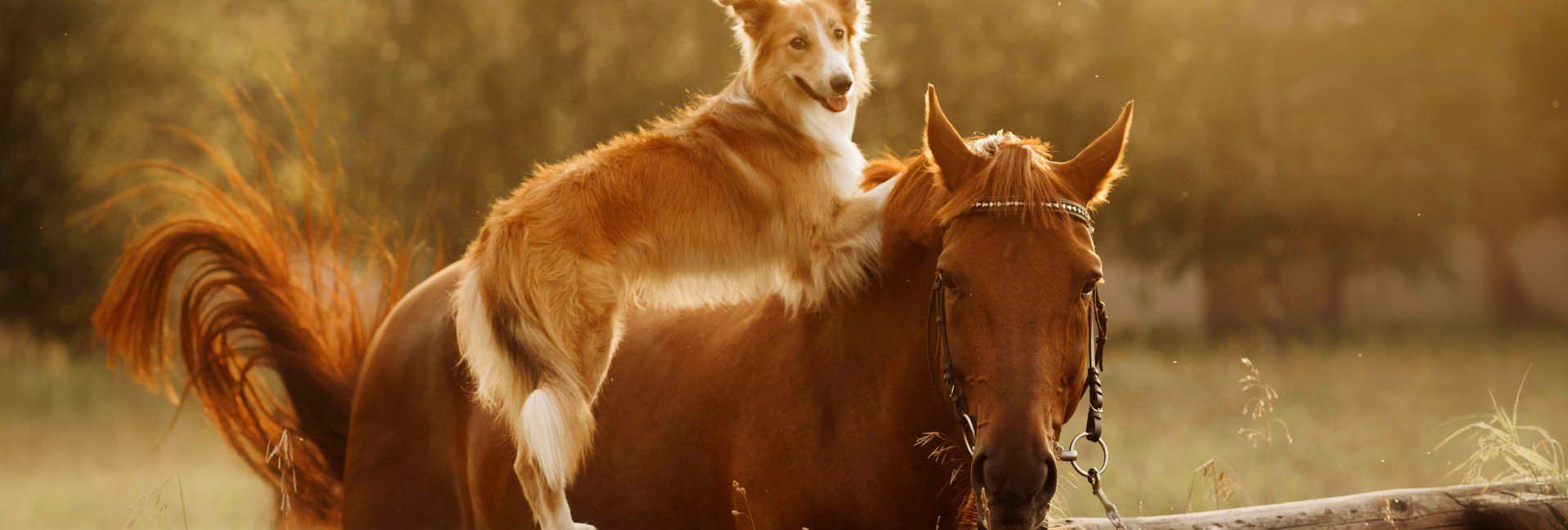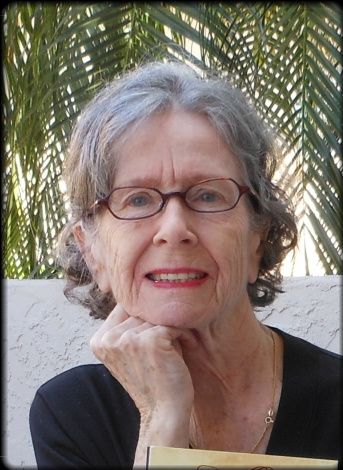An accidental rescue farm


An hour away from the chaos of our nation’s capital, in Virginia’s rolling hills, lies 10.5 acres overlooking picturesque Lake Manassas. This is home to Jean Buzby, and if horses could speak, the equine trio living there would likely call it Heaven, or at least, Haven.
Jean already owned Sofie, a Hanoverian, when she purchased the acreage; Shiloh and Oreo arrived later. While Sophie was purchased for dressage, physical problems made that impossible.
Jean began riding at age six, and even at that tender age her dream was to have a horse farm. Naturally, it took years for that to happen; as an adult she needed to focus on her career at the United States Department of Agriculture.
New property, new skills
In 2016, with retirement in sight, she brought her childhood dream to reality. Jean says, “I named my new home Stone Cliff Farm because I’m the high point on the lake, where eagles rest; a cliff so high that it’s scary steep down to the water.” Jean even added a board fence o keep her horses away, should they get loose.
The abandoned farm amounted to a cattle field with barbed wire fencing and a 1948 stone house unoccupied since 1990. The entire property was in dire need of rescue. Jean threw herself into making the house livable. “One thing led to another and eventually I replaced or fixed almost everything,” she says.
“The farm is a new chapter. I’ve learned to operate a tractor, chainsaw, and power tools.”
“Fortunately, I’ve had skilled helpers—hardworking friends Byron, Will, and Loretta—who helped replace the barbed wire with oak fencing, and built a cozy barn in one field and a run-in shed in the other.”
Horses being herd animals, Jean knew that in order to move Sofie from the boarding stable she would need companions. Jean also wanted an additional horse for her teenaged niece, Grace, to safely ride.
Companion rejects
The search began, with high standards. Jean and Grace scoured online sites for weeks and traveled to see several horses, including one that had a fist-sized knot on a front knee that was not visible in photos.
Another time, they came close to buying what looked like the perfect fit, but the palomino in question failed the vet test.
They quickly learned one thing: Sellers are often less than truthful about an animal.
Dirty, skinny, scratched
Many months passed. Finally, Jean went to an auction with three criteria in mind: A companion for Sofie, to rescue a homeless animal, and that it be a safe riding horse.
She found a sorrel quarter horse mare winning it in the auction.
“Auctions are dirty, and stressed animals easily pick up diseases, such as the dreaded strangles. This mare had the worst case of scratches I’d ever seen, with back ankles painfully red and raw.” She also was terribly thin with ribs showing.
“My friend Deborah’s vet and blacksmith advised me on how to get her healthy. After a week, we moved her and Sofie to my farm, which was so lush with grass, I had to gradually ease the horses into the rich pastures.” Jean gave the mare to Grace, who named her Shiloh.
Grace, now aged 16, has been riding since early childhood, and is an old hand at mucking stalls and grooming. Jean adds, “The auction papers said Shiloh was thirteen but my vet and dentist think she’s at least twenty-three. My guess is closer to thirty. That doesn’t matter; she found a home.”
Buying Oreo online
About Oreo, Jean explains, “My friend sent an online link to this mare with a photo and a video suggesting that she was sound. Purchasing sight unseen is an enormous gamble. I can’t save all horses, but decided I would do my best for this one. I arranged a place in Texas to quarantine her and fatten her up for the drive to Virginia.
“The kill pen said Oreo was eight years old, but my vet says she is probably eighteen—a story that has become a pattern.”
As one might imagine, Oreo’s white belly is sandwiched between a black front and behind. Although Jean has ridden Oreo, she spooks easily and Jean is reluctant to put Grace on her. Given Shiloh’s age and temperament. she’s not a viable riding horse either. Nor is Sofie, due to a neck injury.
So, currently, there are no riding horses, Meanwhile, Grace is learning patience; to handle disappointment, and that for horse owners, the pasture isn’t always green.
Grace describes Sofie as the lead mare: “Sweet, motivated by food, and welcoming to newcomers—if they’re girl horses. She ignores the boys,” Grace says, “like a frequent visitor named Vegas.”
Grace hasn’t spent enough time with Oreo to bond, but says that Shiloh is “moody, sometimes grumpy, and decides if and when she wants to be friendly. Then she sticks out her tongue and licks me. She’s happiest by herself in the pasture.”
More paws underfoot
Jean also rescued a dog and two cats. The dog, Remy, came from a local program, placed there because of aggression against other dogs. Jean says, “Remy weighs about one hundred pounds and has an intimidating look—if you don’t notice his wagging tail. My farm is perfect, as he never sees other dogs.”
There’s also a cat, Sugar Arabella, who was adopted from a pet store rescue display. She’d been found bald and pregnant—bald from the stress of being an indoor cat who slipped outside. She’s a white Turkish Angora with two gray dots on her forehead, “like she participated in Ash Wednesday.”
Jean suspects Sugar’s former owner was a man who sang to her because she loves John Denver. “When I can’t find her, I play ‘Rocky Mountain High’ and she quickly appears.”
Lastly, there’s a young feral cat, Rasmus Knickerbocker, so starved that she was eating birdseed. Jean hopes to keep her as a barn cat to control rodents.
The accidental rescue farm
Jean didn’t intend to manage a home for aging equines—she wanted saddle horses for herself, for Grace, and to perhaps offer trail rides. But she’s delighted that all her animals are happy and healthy denizens of her acreage.
“I would love to rescue more horses but I don’t have enough land. I don’t want so many that my grass is no longer good for the horses I have,” Jean says.
“All of these wonderful creatures fill my life with joy each day and have helped me find true happiness.”
So You Want to Start a Rescue?
While Jean “accidentally” started a horse rescue, there are so many unwanted horses, and the need is so great, virtually every state has at least one…and could use more.
According to the American Veterinary Medical Association, only some “find new homes with someone willing to provide them with care and attention and/or redirect them to second equine careers. Other horses may be placed in equine rescue, rehabilitation or retirement facilities. Some are euthanized by a veterinarian at the owner’s request.”
The American Horse Rescue Network, a charitable organization dedicated to the welfare of equines, offers the following advice on starting a rescue in your area.
Set a foundation by establishing a Board of Directors and have them contact horse rescue facilities in your state and inquire about laws regarding horse rescue facilities.
Contact the IRS to apply for becoming a non-profit charity (501c3).
Charge the Board with fundraising.
Contact area veterinarians to see if they will provide medical assistance for rescued horses.
Ask area farriers if they will reduce fees for rescued horses.
Rescued horses many times require isolation so make sure you have indoor shelter. Establish relationships with other rescue facilities. Helping each other helps the horses.
For more information
americanhorserescuenetwork.org
866-467-7350
Tags:Horse Sense

Acreage Life is part of the Catalyst Communications Network publication family.














